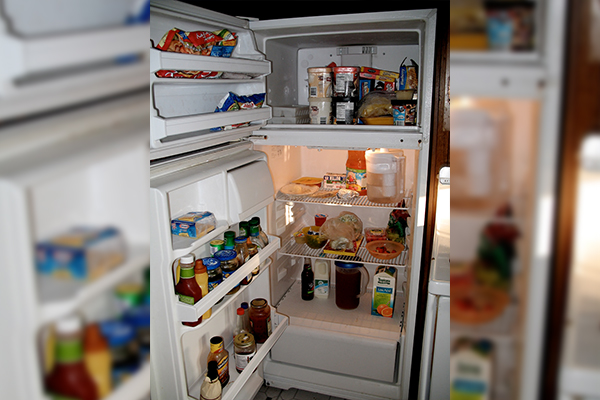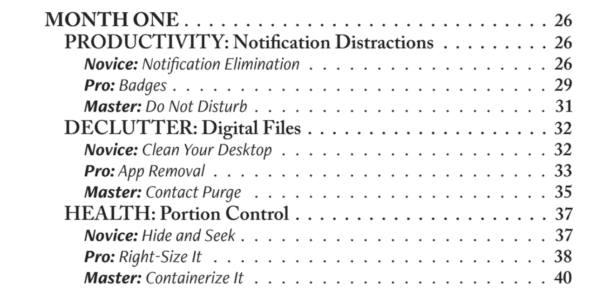Did you know that your chemically-concocted, boxed frozen delicacy that says it’s healthy is setting you up for sabotage?
What the heck is a whole food anyway? Isn’t it just a grocery store chain?
The terms whole foods and clean eating are buzzwords that are becoming diluted in the same way that Paleo somehow can mean energy bars (did they make those back then?). The definitions are blurry and vary from person-to-person, company-to-company. Instead of worrying if you are eating ‘clean’ (because really, who wants dirty food? #HygieneIsImportant), think about buying and eating food in its natural state. If it comes in a box, semi-cooked, with sauces already over it, it wouldn’t be considered a whole food. It’s more likely a chemical concoction and has been subtly or not so subtly processed to make it easier to digest.
What’s the problem with easier to digest?
We eat more of it.
Food scientists know that if food is already broken down, we’ll consume more. They often contain high levels of sodium, sugar, and additives that increase flavor. A study by Barr and Wright in 2010 found that energy expenditure after eating processed foods compared to whole foods decreased calorie burn by 47%.
Eating processed foods, DROPPED your calories burned by 47%!
If you want to gain weight or put on pounds, it’s simple. Eat more highly-processed foods. Even with the number of calories, you will gain more weight eating 100 calories of a french fry than 100 calories of a baked potato. You’ll gain more weight with 100 calories of white bread than 100 calories of millet or quinoa. You’ll definitely eat more applesauce than you would apples because it’s been broken down and more comfortable to slurp.
Calories in are not calories out. A calorie is a measurable unit of energy, but it’s not processed or used the same in our bodies. I had an engineer a few months ago arguing with me a little that weight loss was simple. Calories in = calories out. He wasn’t open to hearing about how foods are digested. Fiber requires more work, therefore, less easily-absorbed. More passes through our body without sticking around (on our hips and butt). Processed food also doesn’t feed our gut microbiomes the same as unprocessed. The microbiome of an individual is now hot research because of the link of good gut bacteria to a healthy weight and lack of some bacteria linked to obesity, diabetes, autoimmune diseases and mental illness.
Raw starches are digested less through our small intestine. We may only get about two-thirds of the total calories. Even a starch that has been cooked and cooled has less digestible enzymes, i.e., resistant starch, so your body will not process as many calories as if it is hot right out of the pot.
If our guts don’t have to work hard, we’ll eat more food. That’s why you can down a bag of Cheetos and still want to get your orange fingers on something substantial.
Much like a child should know what a real chicken leg looks like, and that they don’t have fingers or planks, we should know what vegetables look like before they’ve been cooked, mashed or beaten to a pulp. I grew up in a house where plants barely existed and didn’t know what most veggies looked like in their natural state (I still can’t tell the difference between a rutabaga and a turnip when I buy them at the same time). When my nieces come to visit, I’ll be taking them to the Farmer’s Market to see all the foods out on tables, before we’ve put our hands on them to eat.
Green beans and Brussels sprouts are actually crunchy, not mushy.
Potatoes and carrots come in different colors – orange, purple, white and red.
Peppers taste and look different depending on when they were picked.
But who has time to wash, chop, and prep? Start small. Frozen veggies and fruits are often just as good as fresh. Sometimes even better, because they are frozen at their peak of ripeness. As long as they aren’t sugared or syruped to death or tossed in some kind of fake cheese-food sauce, they can work.
Buy fruits and veggies already chopped up on the salad bar or at the grocery. Yes, it’s more expensive, but so is medicine, buying new, bigger pants, and doctor bills.
Try one switch in the next 30 days. Those six crackers that come in plastic, that you grabbed from a box, that came in another box, and still probably a bigger box, could be substituted with something that you could have picked, pulled or peeled off of a tree, vine, or root.
I started with one small change at a time.
What food do you commit to changing from a processed to an unprocessed state?


